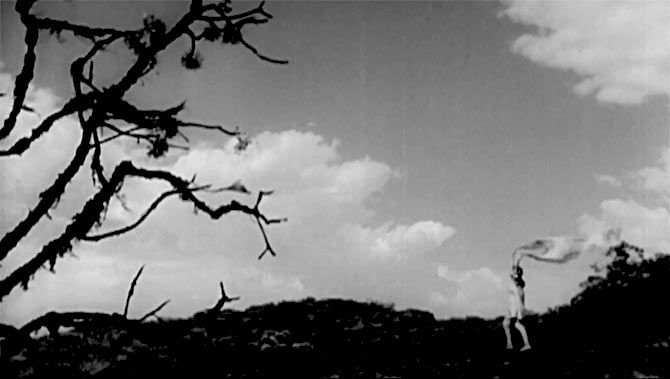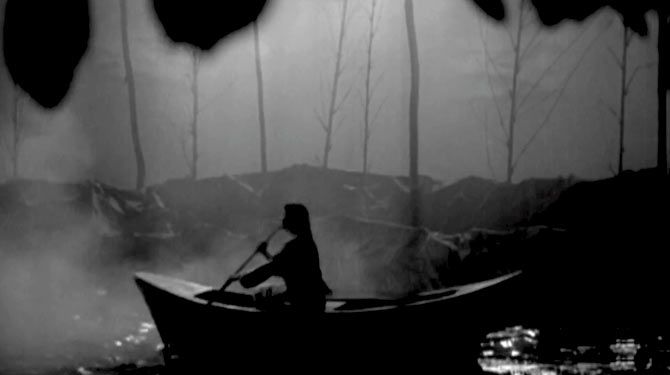
Sultan, Mohanjo Daro, and Pankaj Nihalani... Sukanya Verma shares her exciting filmi week with us!
Ring out the old, ring in the new, recommends Lord Alfred Tennyson.
But this week’s shiny new offerings didn’t always enthrall even as the old continued to prove its worth in gold. Let’s not forget what else Tennyson wrote -- Ring out the false, ring in the true.
And that’s exactly what I aimed for in this edition of my super-filmi week.
Monday
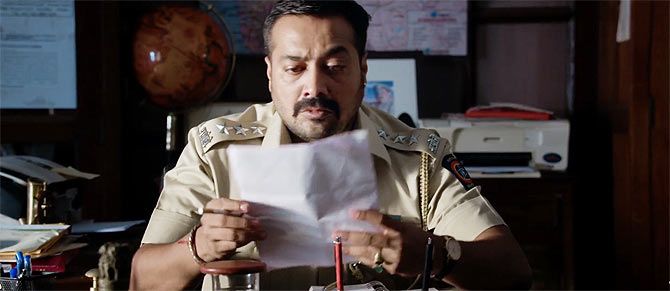
It’s the classic Guddi syndrome. A movie star’s silver screen persona is so overpowering, there’s a tendency to assume they must be flawless in real life too until, of course, we know better.
Watching the trailer of Akira, I notice it works inversely too. In this Sonakshi Sinha-led action vehicle directed by Ghajini’s A R Murugadoss, Anurag Kashyap plays a shady cop.
But the aftertaste of Udta Punjab’s recent controversy and Kashyap’s distinction as the torchbearer of creative independence is so deeply etched in my mind that even in-character when I see him hold a piece of document in the promo, I imagine it to be a letter from Mr Pahlaj Nihalani.
Tuesday
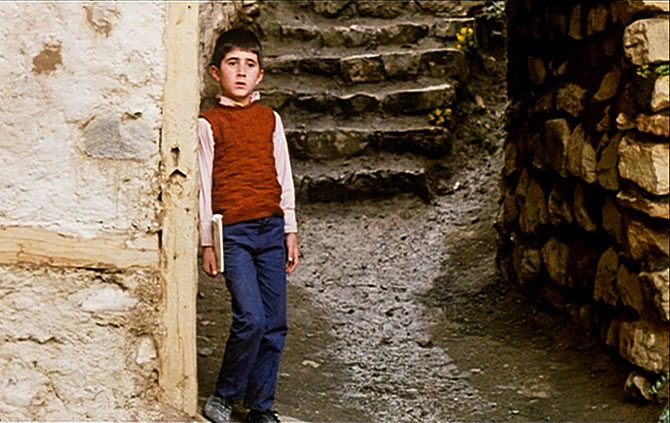
I tremble to think of how frequently I’ve heard the expression ‘no more’ in the last couple of weeks. How does one deal with loss? I don’t know. I have a different reaction to it every time.
I wake up to the sad news of legendary Iranian filmmaker Abbas Kiarostami’s demise. But creativity like his is immortal; its brilliance has transcended culture and imprinted its soul on cinema, which will glow even more luminously every time it’s applauded by fans. Delicate and deep, his characters confront bittersweet challenges of life around his minimalistic aesthetics and meditative visuals.
In Kiarostami’s Where Is The Friend’s Home? (1987), his first film in the Koker trilogy, a selfless schoolboy sets out in pursuit of his classmate from village to village to return his homework book in order to save his friend from facing the teacher’s wrath the next day.
While most adults are indifferent to his gesture, his determination to reach out to his pal is heartening. Finally, an elderly carpenter takes pity and offers to be his guide. Enroute, the carpenter stops to wash his face. There, he plucks a little flower growing at the side, gives it to the boy and asks him to preserve it safely between the pages of his book.
If you’ve seen it, you’ll know and if you haven’t you’ll see why the said flower is what makes a masterpiece final scene of Where Is The Friend’s Home?
Just like that flower, the memory of his filmmaking is fondly preserved in his vast population of admirers.
Wednesday
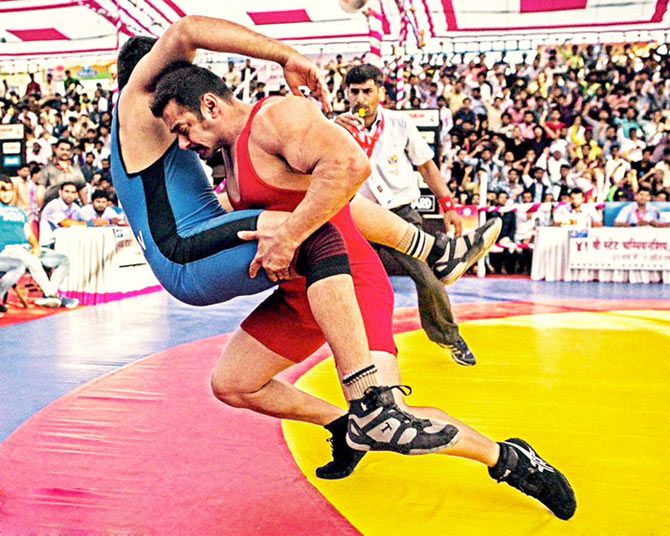
I am inside a packed Noida hall to watch Sultan.
As I mentioned in my review, I didn’t find it any different from a standard Salman Khan film in terms of what it has to offer even if packaged like a sports drama.
What intrigues me is, despite the so-called clout he enjoys; why Hindi films get so defensive about its leading man’s ‘hero’ stature. Perhaps they doubt the loyalty of his audience and are afraid to show him fail unless he dramatically redeems his champion pedigree in the end.
Although predictable to the core, a scene in Sultan -- Spoiler Alert -- where Salman inquires and is promptly reassured he’s made enough money for his charity of choice, made me hopeful for a second. Perhaps this one would value spirit over victory and give us a Rocky (or even Real Steel) brand of ‘People’s champion’ in the climax.
Except the movie is named Sultan, not Dayavan. It’s like my friend describes the backlash to my proposed match result. “Public (read Salman fans) will start pelting stones on the screen. They’ll tear it apart.”
Thursday
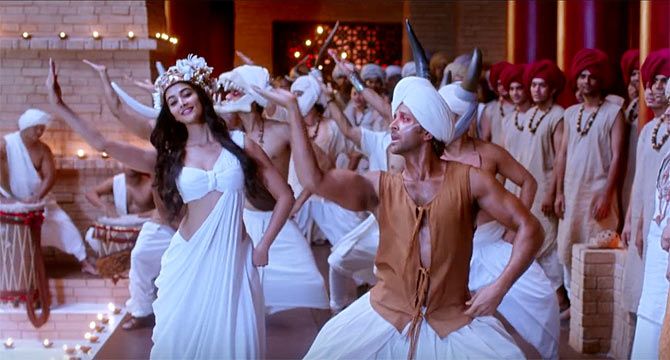
The Mohenjo Daro trailer is no great shakes but the soundtrack by AR Rahman gives me some hope.
Its mystical melodies hold promise while Rahman’s singing scores yet again. Wish he had words to match that fervor. Javed Akhtar’s lyrics are terribly trite. They sound like roughly scribbled notes for a scratch version that accidentally made it to the final cut.
I’ve only just started listening to the album but Tu Hai is easily my pick of the lot. It packs in tremendous repeat value.
Now if only this beautiful track wasn’t picturised as shoddily what with Hrithik Roshan sporting a Unicorn-like horn and creepy crimson eye shadow, Pooja Hegde channeling her Princess of the Pacific Islands Barbie and dozens of extras in statement necklaces and bibs.
Friday

On my flight back to Mumbai, I catch up on Diptakirti Chaudhari’s book, Written By Salim-Javed: The Story Of Hindi Cinema's Greatest Screenwriters, where yours truly is also frequently quoted.
As it happens with some movies we love, you can start off from anywhere.
The thing I enjoy most about his book is how you can start reading it from any point, move to and fro, and it’s still lucid and a lot of fun. The movie buff in Chaudhari has tons of trivia and enthusiastic insight to share with the movie buff in you.
In one of the chapters, there’s a delightful anecdote on the circumstances that are believed to have inspired the writer duo to come up with a fittingly extravagant name shared by two of their best-known antagonists -- Shakaal -- played by Ajit in Yaadon Ki Baaraat and Kulbushan Kharbanda in Shaan.
Saturday
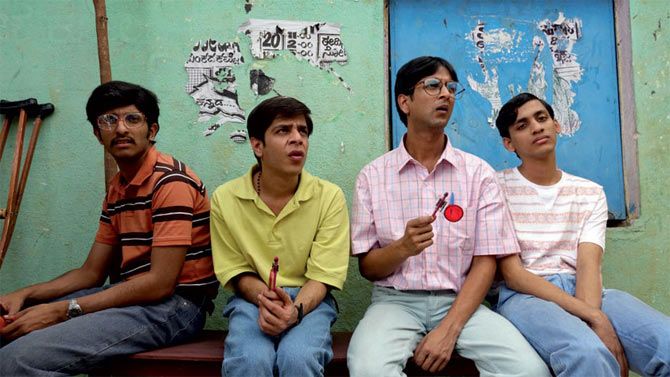
Watching the newly added Netflix sex comedy Brahman Naman and I am wondering what’s so hilarious about aroused men from a different decade trying so, um, hard?
If that is all it set out to achieve, there’s no doubt director Q’s film is explicit in its intention -- both verbally and visually. It’s grotesquely self-conscious and distracting (to whatever purpose it hopes to arrive at) to a fault. And while the actors do well enough to sit through, I didn’t find any humour in their endeavours and clunky conversation.
Genital organs, the fluids they release or the derogatory slang for these parts or the deed holds no wit by itself. By merely bringing them out in the open in the raunchiest manner possible, especially for an Indian film, drivel cannot hope to be anything more than drivel.
Sunday
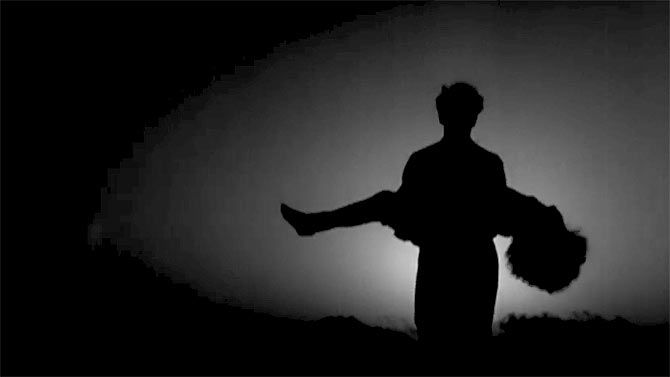
In 1949, Kamal Amrohi’s haunting mystery Mahal wasn’t the only Hindi film high on exquisite cinematography by Germany’s Josef Wirsching.
Shot on the Mitchell NC, Raj Kapoor’s Barsaat co-starring Nargis, Nimmi and Prem Nath boasts of some incredible play of lighting by celebrated DoP Jal Mistry.
Only a rookie then, Mistry’s vision is simply superlative.
Here are a few of my favourite frames from Barsaat:
